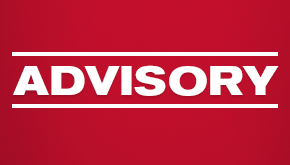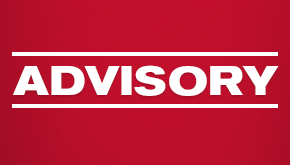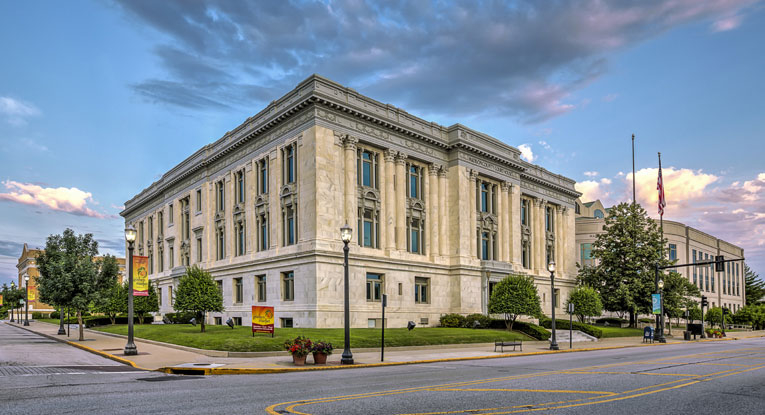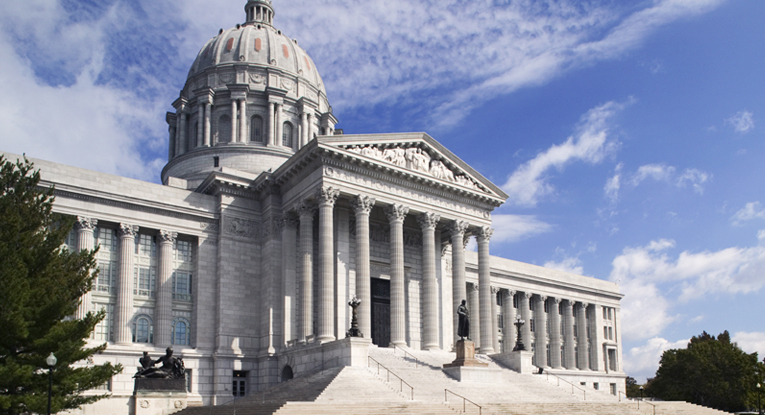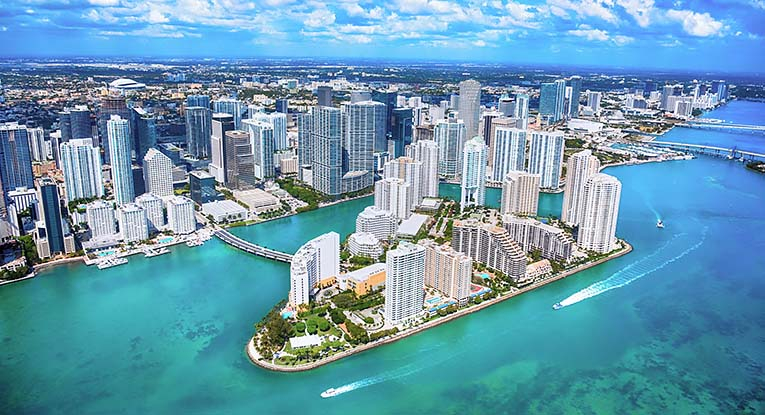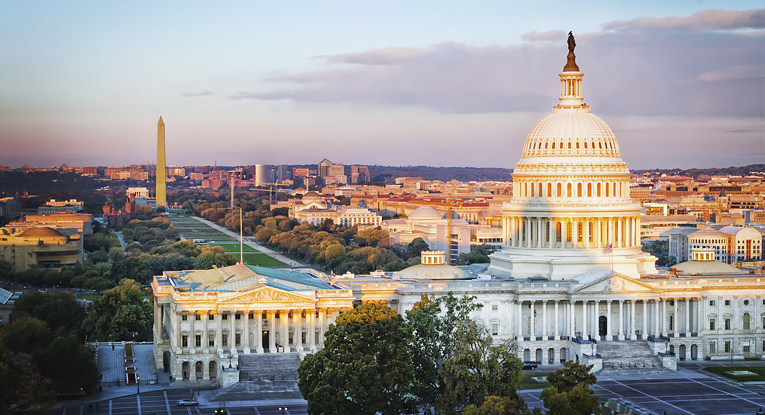Condos and Co-ops and the Paycheck Protection Program
Please note: Information in the following advisory was accurate upon its date of publication. However, given the rapidly changing nature of guidance from the Department of the Treasury and others, we recommend you visit the Treasury website for the latest updates.
In response to the financial impact of the COVID-19 pandemic on businesses, the Coronavirus Aid, Relief, and Economic Security (CARES) Act was enacted. A portion of this law, the Paycheck Protection Program (PPP), includes financial benefits to small businesses (those with 500 employees or less), and these benefits may be available to cooperatives and condominiums. While there is no specific reference to cooperatives and condominiums, and regulations are yet to be written, we believe that these organizations should be entitled to such benefits, based upon certain industry classifications referenced in the law that seem to apply to these organizations. In addition, we believe that based upon the purpose of the law, which is to provide cash flow assistance to help small businesses and their employees, cooperatives and condominium should qualify for these benefits.
The loans authorized by the PPP will be made through authorized Small Business Administration (SBA) lenders. A list of the lenders is available at www.sbalenders.com, and borrowers have until June 30, 2020, to apply. Importantly, some or all of the loan may be forgiven (as described below) under the terms of the PPP, and there are no application fees.
Before applying, however, every cooperative or condominium that presently has a loan outstanding must review its loan documentation to learn under what conditions such additional borrowing is permitted, if permitted at all, and whether a waiver of any restriction should be requested from the lender.
The maximum amount of the PPP loan is two months of the borrower’s average monthly “payroll” (determined over the prior 12 months), plus an additional 25% (2.5 times one month average payroll), subject to a cap of $10 million. “Payroll” is broadly defined as wages (capped for each employee at $100,000 a year), vacation, parental and family leave pay, state and local payroll taxes, and group health insurance premiums. The proceeds of the PPP loan may be used for a number of enumerated operating expenses, but only if used to pay “payroll” expenses, interest (not principal) on existing loans, and utilities during the first eight-week period of the loan. These amounts are eligible for loan forgiveness, provided the borrower keeps its employees and pays them at least 75% of their prior compensation. The amount of the loan forgiveness will be reduced based upon workforce reduction, although borrowers will have until June 30, 2020, to rehire those employees who were terminated. In addition, the U.S. Department of the Treasury (the Treasury) has announced that it is anticipated that not more than 25% of the forgiven amount may be for non-payroll costs.
The request for loan forgiveness is to be submitted to the lender.
Payments on the loan are deferred for six months, although interest will accrue. For those amounts that are not forgiven, interest amounts will be 0.5%, and the loan will be due in two years. All lender fees on the PPP loans are waived, and as an unsecured loan, collateral will not be required. There will be no prepayment fees.
As described in this summary of the PPP loans, this may be an attractive remedy for some of the financial effects of the coronavirus crisis. Applications are now available online.



